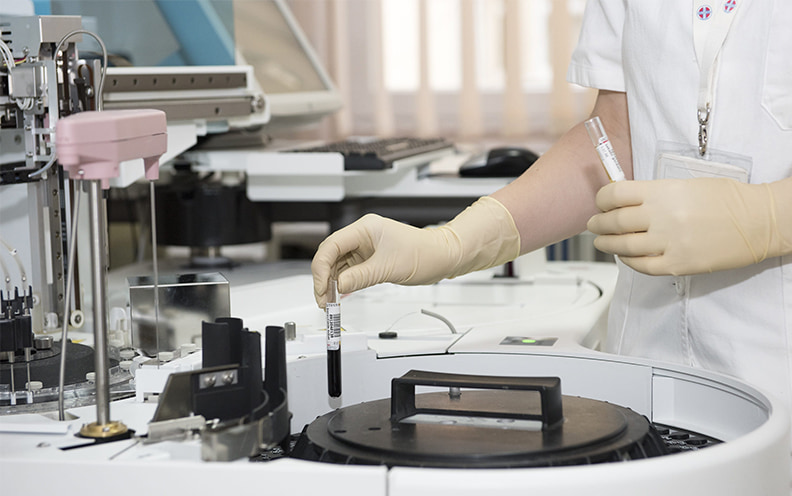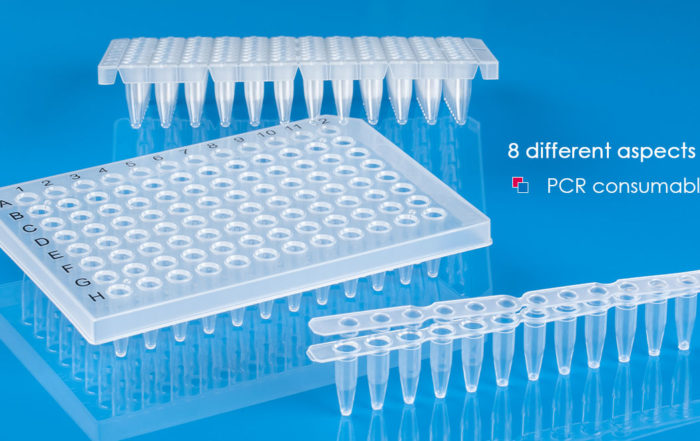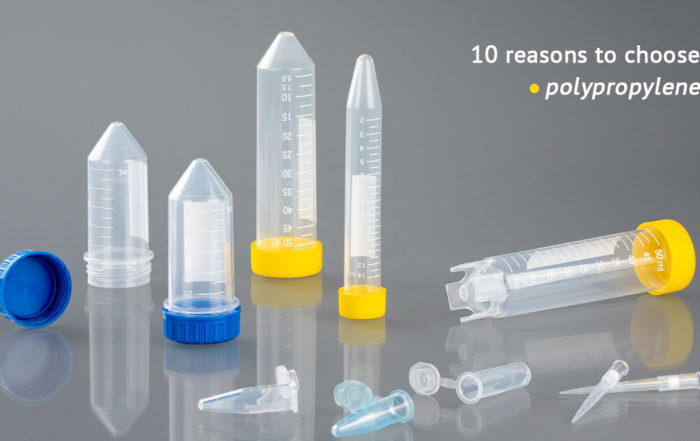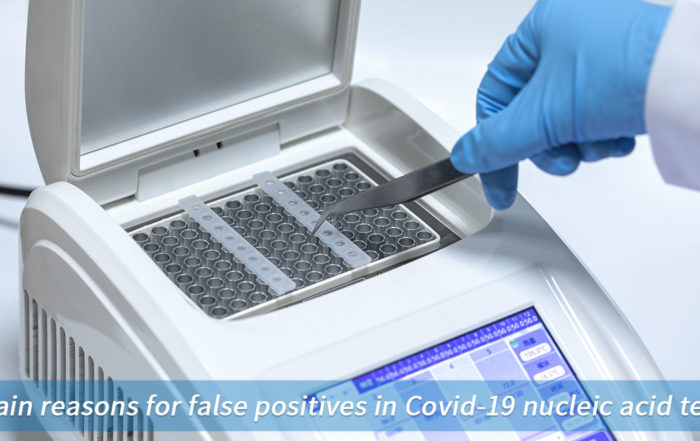When it comes to working in a biotechnology laboratory, it is crucial to follow certain dos and don’ts to ensure safety and hygiene.
It is also important that the lab is equipped with certain equipment like laboratory tubes, microscopes, pipettes and pipette tips, and more. Without these, you will not be able to achieve reliable scientific outcomes.
Here are a few essentials that every biotechnology lab must have:
1. Autoclave
Autoclaves are commonly found in laboratories and are used for sterilizing and disinfecting equipment. They use a combination of steam and pressure to function at high temperature in order to eliminate microorganisms and bacteria. Autoclaves are effective in sterilizing media, instruments, and labware. It is best to inactivate regulated medical waste that could contain bacteria, viruses, and other biological material by autoclaving before disposal.
2. Microcentrifuges
A microcentrifuge, or microfuge, is used to spin small liquid samples of up to 2ml at extremely high speeds. It is small in size and takes up little space on the benchtop. It is available in refrigerated and non-refrigerated variants. Most microcentrifuge rotors are adjusted to spin 18 ml – 24 1.5 ml or 2.0 ml tubes. Further, several manufacturers offer different rotors or rotor adaptors that can be substituted to accommodate different sizes or types of tubes.
3. Microcentrifuge Tube Racks
Microcentrifuge tube racks are used to hold and store small vials and microcentrifuge tubes that are used in laboratory applications. They are made of polypropylene for chemical resistance and can be used in freezing temperatures. They are also autoclavable for use in sterile applications. These holders can be numbered and lettered for ease of identification. Some types are suitable for floating or submerging in a beaker or water bath or are stackable for optimal storage and use of bench space.
4. Centrifuge Tubes
Centrifuge tubes are sturdy tubes made of glass or plastic made to fit precisely in rotor cavities. These laboratory tubes may vary in capacity and are widely used with microcentrifuges in molecular biology laboratories. They are made from a malleable transparent plastic similar to polythene, have a conical shape, with come with hinged sealing caps.
5. Water Bath
A water bath is used in laboratories to incubate samples in water. The temperature of the water can be managed either digitally or by a dial. Once it is fixed, the water bath cycles on and off to ensure consistency in the temperature. Some water baths come with shaking or stirring capabilities that can be set at different speeds.
6. Incubators
Laboratory incubators are commonly used for the growth and storage of bacterial cultures. They help provide a consistent, contamination-free environment for unhindered, dependable work on cell and tissue cultures. For this, they regulate conditions such as temperature, humidity, and presence of carbon dioxide.
7. Cryo Tubes
Cryo tubes are polypropylene tubes used in laboratories for the conservation of samples at cryogenic temperatures. They can be safely used in the freezer or in liquid nitrogen vapor. When submerging in liquid nitrogen, using a cryoflex sheath is necessary. These laboratory tubes are non-pyrogenic and non-toxic. Some variants can be used in temperatures as low as -196 °C.
8. Petri Dish
A petri dish helps study samples of microorganisms, bacteria, and virus under the microscope. It serves as a culture medium wherein it enables users to culture cells. It allows the isolation of one species from the rest while protecting these samples from contamination. Used petri dishes can typically be treated with bleach, washed, and reused after sterilization.
9. Bunsen Burner
The Bunsen burner is widely used in laboratories to heat preparations in a test tube. It is particularly useful in sterilizing instruments by passing them through the flame and the air within a radius of 20 centimeters around the flame. As a precaution, Bunsen burners should be checked at regular intervals for damage and soot buildup. Moreover, it is important for users to secure loose hair, clothing, or accessories before lighting a Bunsen burner. It also helps to have proper safety equipment, like a fire extinguisher and/or a fire blanket, on hand when using this lab equipment.
10. PCR Tubes
Among the various laboratory tubes, PCR tubes are used in the Polymerase Chain Reaction (PCR) and real-time experiments. This technique allows scientists to replicate small amounts of DNA. These DNA components are mixed with nucleotides and primers in PCR tubes and run on a thermal cycler for further procedure.
11. Electrophoresis Chamber
This equipment electrically charges molecules, enabling them to drift towards an oppositely charged electrode. It uses an electrical current to manipulate protein molecules for a range of biomedical research, diagnostic and manufacturing purposes. Among the most important uses of electrophoresis is the identification and study of DNA and DNA fragments.
Conclusion
One of the first things that come to mind when we think of biotechnology labs are the various laboratory tubes. In addition to these, several other kinds of equipment are needed if research, studies, and experiments are to be carried out successfully. The above list sheds light on some of the most essential laboratory equipment, from among the many, that will help you fulfill your scientific endeavors.
How to choose consumables for experiment: 8 different aspects of PCR consumables you need to know
Today, let's talk about a key element in PCR experiments - consumables. As a frequent PCR visitor, it is necessary to understand the characteristics and terminology related to PCR consumables. There are many PCR consumables [...]
10 reasons to choose polypropylene
What is PP? Polypropylene, or PP for short, is a semi-crystalline thermoplastic synthesized by Giulio Natta in 1954. It is one of the usual common polymer materials, with high impact resistance, strong mechanical properties, [...]
Main reasons for false positives in Covid-19 nucleic acid test
There are occasional false positives in COVID-19 Nucleic Acid tests. In addition to the contamination during the sampling process, what other factors could lead to "false positives" in the laboratory testing process? There are [...]



